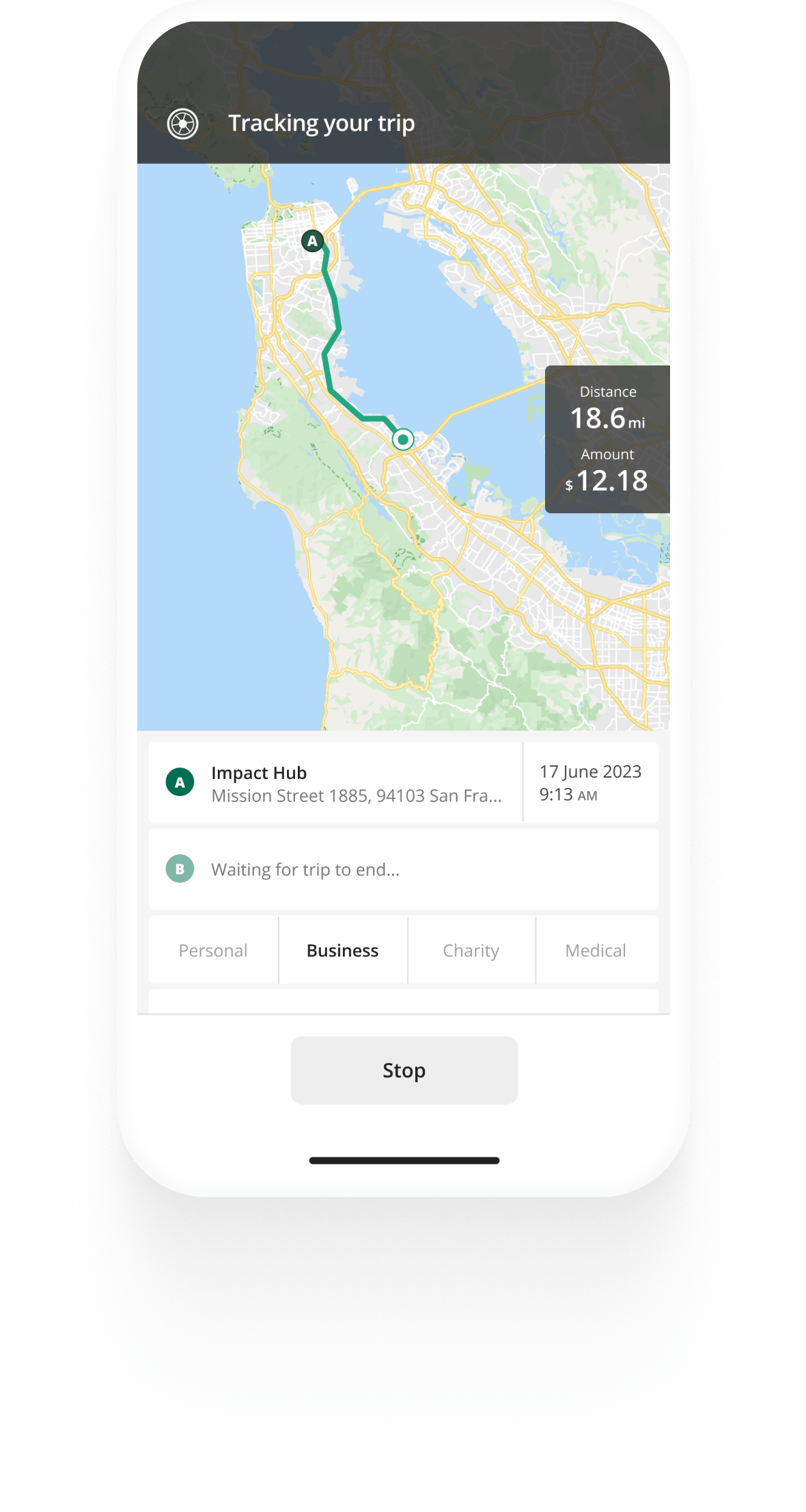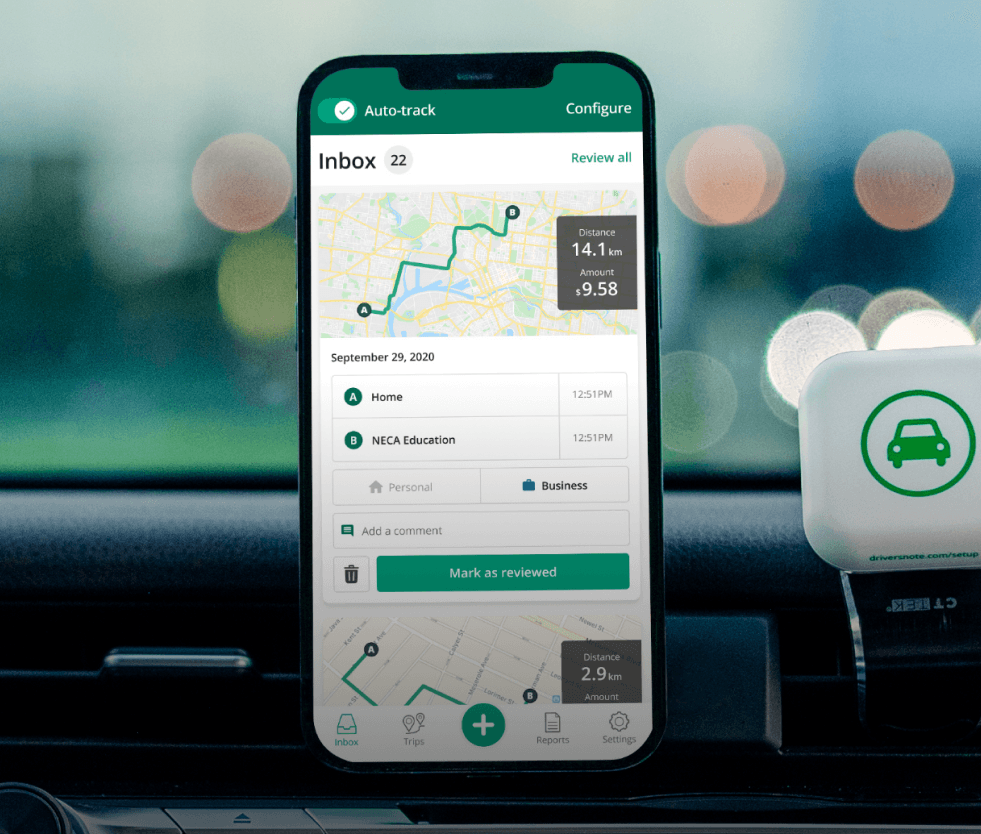Track mileage automatically
Get startedFixed and Variable Rate (FAVR)
In this article
Fixed and variable rate (FAVR) allowances or reimbursement, also known as a mileage reimbursement plan, is a method in which you can compensate your employees for using their own vehicles for work-related activities. FAVR is an IRS-approved way of reimbursing employees, meaning your company can earn a tax break for the mileage driven. However, in order to claim these expenses, it is important to understand how these programs work.
What is FAVR?
A FAVR plan reimburses employees through a combination of fixed payments and variable payments for mileage. This has advantages because fixed payments can be tailored to costs for an employee's specific location as well as their actual mileage-related costs. By using a combination of these two factors, it can help to prevent under or overcompensating employees for their costs.


Mileage tracking made easy
Trusted by millions of drivers
Automate your logbook Automate your logbook

Automatic mileage tracking and IRS-compliant reporting.
Get started for free Get started for freeHow does FAVR work?
A FAVR reimbursement method incorporates two types of payments, fixed and variable. You will need to make a fixed payment that covers the fixed costs of operating a motor vehicle, such as insurance, depreciation, taxes, and other fees. These expenses are all added together and then reduced to reflect the percentage of use attributable to business purposes.
The periodic payment for variable expenses represents the regular operating costs of the vehicle, such as fuel costs and routine maintenance activities. The value of these payments will vary based on the actual amount of business-related travel that occurred in the period. You will need to make fixed and variable payments on a regular basis, often monthly or quarterly. IRS guidelines require both of these payments to be made on at least a quarterly basis.
How companies provide FAVR
Companies provide their employees with a fixed and variable rate car allowance in place of providing a monthly car allowance or using the IRS standard mileage rate. Although, the government limits the FAVR program to companies that have at least five employees who drive over 5,000 business-related miles a year.
IRS guidelines require businesses to meet certain requirements for the age and the maximum cost of the cars the employees will be using for the FAVR program. The maximum cost of the car is set at $62,000 for 2024. So it is not too restrictive.
Employers pay the FAVR car allowance to employees as a combination of a monthly fixed payment combined with a variable payment. FAVR is a very effective way of covering all of your employees' business car expenses.
FAQ

Tired of logging mileage by hand?
Effortless. IRS-compliant. Liberating.
Related posts
IRS Mileage Guide
Latest update: April 24, 2025 - 10 min read
Mileage reimbursement in the US — rates and rules for employees, self-employed and employers in the US.
IRS Mileage
Latest update: December 23, 2024 - 2 min read
Find out what IRS mileage is and how you can claim it. See how much you can claim per mile from the IRS for your business-related driving.
DoorDash Background Check
Latest update: January 29, 2025 - 2 min read
Here’s what to expect when DoorDash conducts background checks, how Checkr works, and why it may take longer to get approved.

